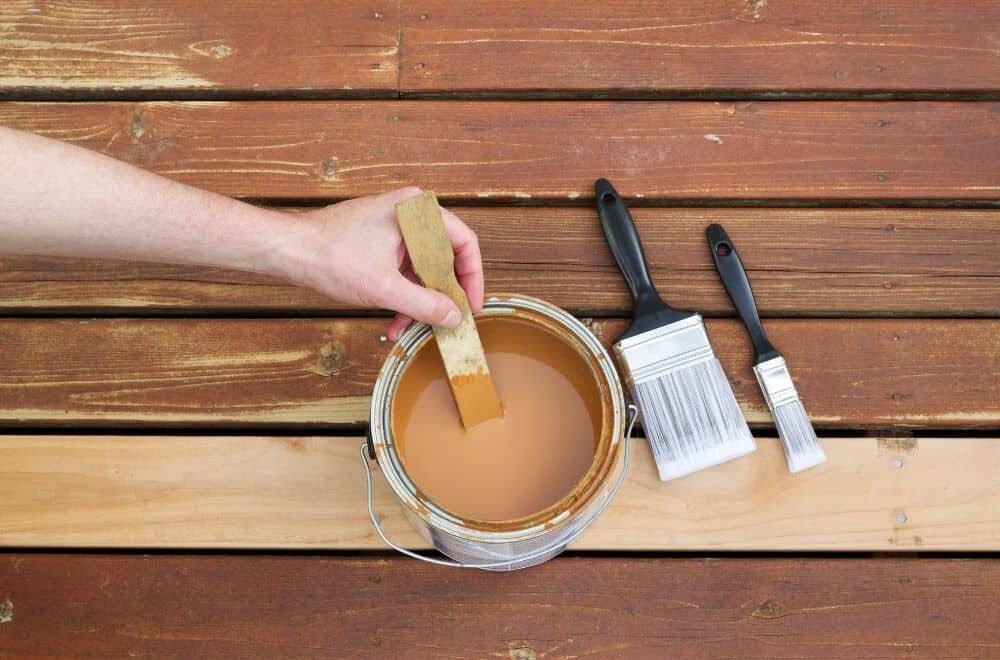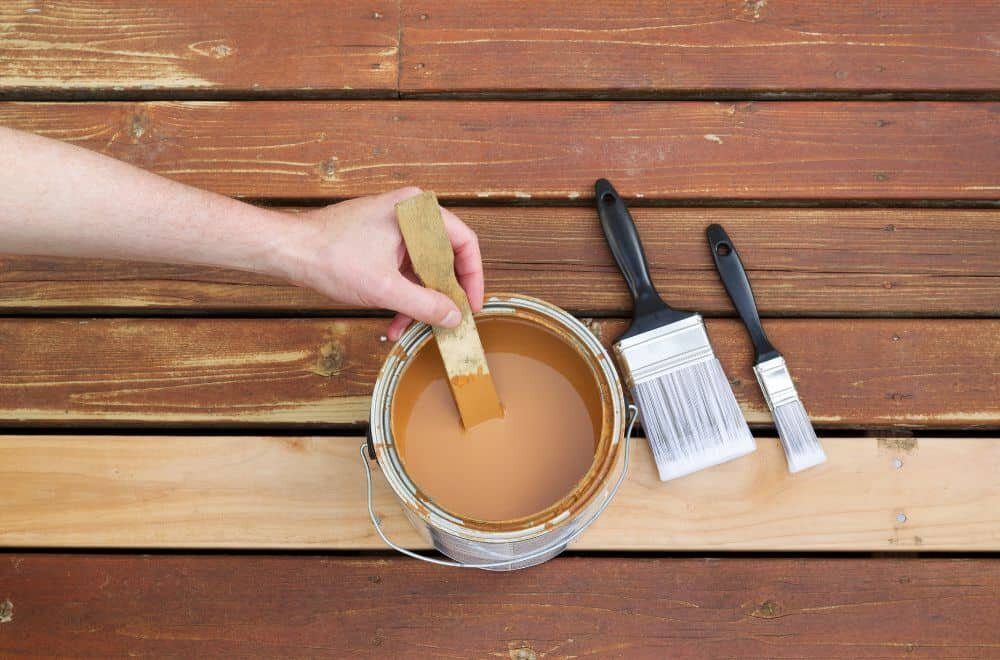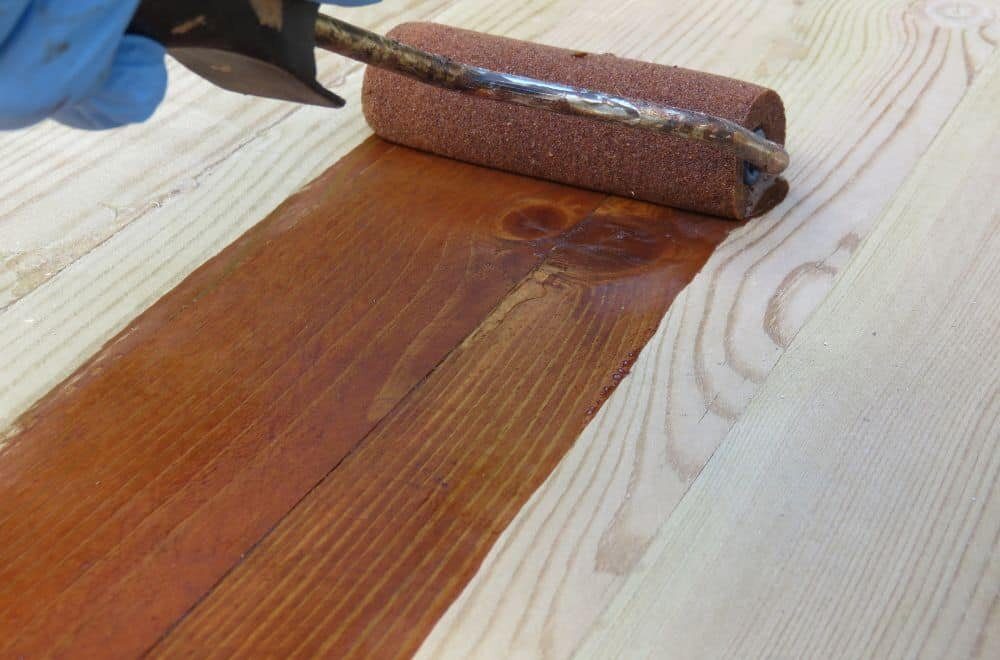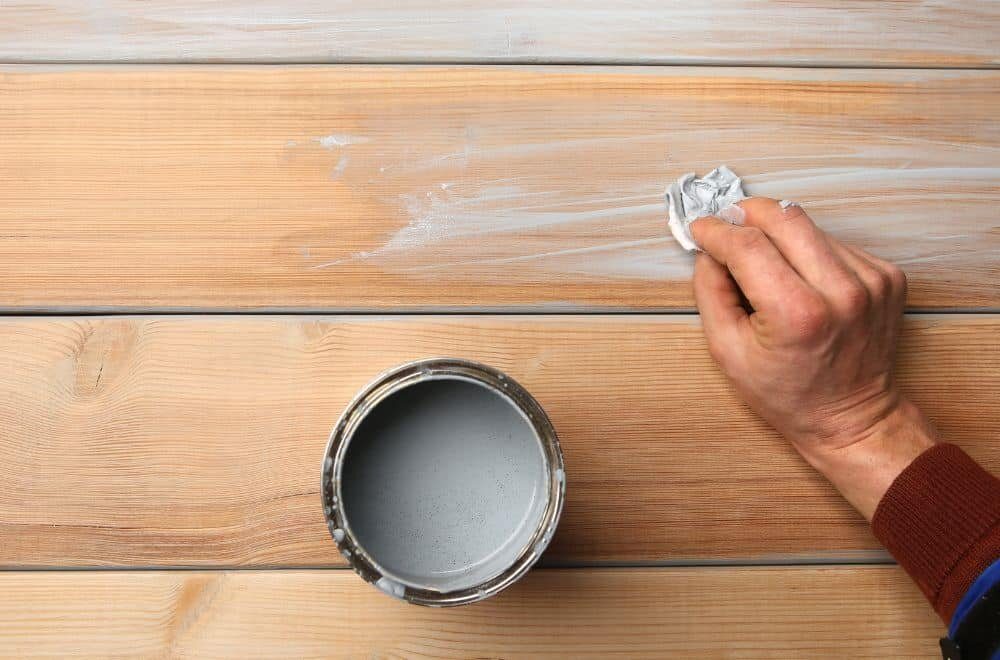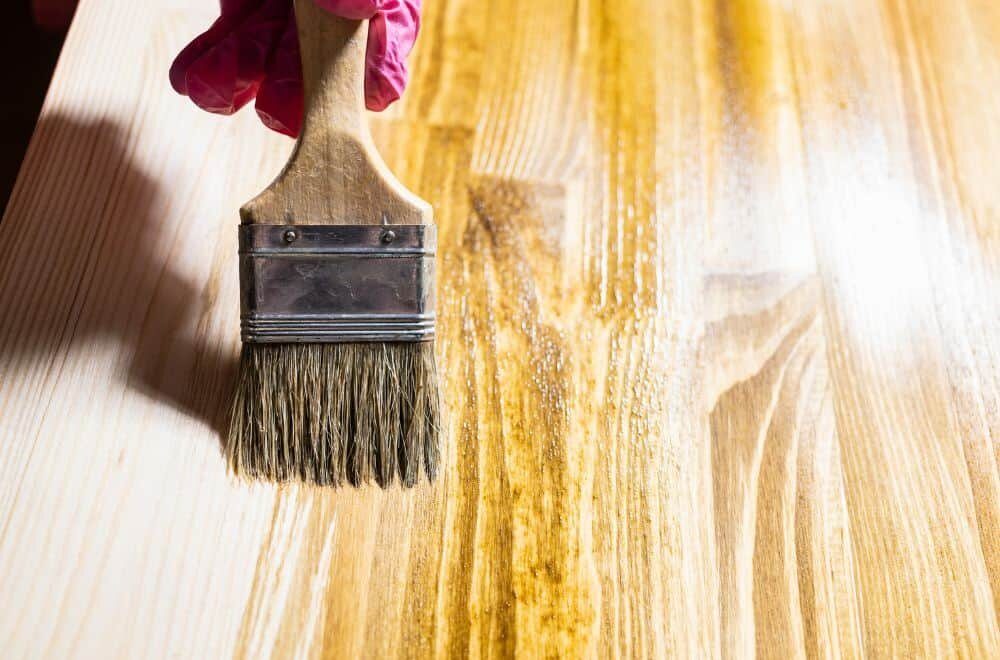Painting a wooden door might seem like a daunting task, but with the right tools and techniques, you can achieve a professional-looking finish. Whether you’re updating the look of your front door or refreshing the interior of your home, painting a wooden door is a simple and cost-effective way to make a big impact.
Before you begin, it’s important to choose the right paint and tools for the job. Look for a high-quality paint that is specifically designed for doors and trim, as these products will provide a durable and long-lasting finish. You’ll also need a few basic tools, including a screwdriver, sandpaper, paintbrushes, and a drop cloth to protect your floors from drips and spills.
Once you have your supplies in hand, it’s time to get started. In the following sections, we’ll walk you through the steps to properly prepare your door for painting, apply the paint, and achieve a smooth and even finish. With a little patience and attention to detail, you’ll have a beautiful new door in no time.
Understanding the Basics of Painting
Painting a wooden door can be a fun and rewarding project that can transform the look of your home. However, before you get started, it’s important to understand the basics of painting to ensure that your finished product looks professional and lasts for years to come.
Types of Paint
When it comes to painting a wooden door, there are two main types of paint to choose from: oil-based and water-based.
Oil-based paint is more durable and provides a smoother finish, but it takes longer to dry and can emit strong fumes. On the other hand, water-based paint dries faster and is easier to clean up, but it may not be as durable as oil-based paint.
Whichever type of paint you choose, make sure to select a high-quality paint that is specifically designed for use on wooden surfaces.
Choosing the Right Brush
Choosing the right brush is just as important as selecting the right type of paint. A high-quality brush will help you achieve a smooth, even finish and make the painting process much easier.
When selecting a brush, look for one with synthetic bristles that are designed for use with the type of paint you have chosen. The size of the brush will depend on the size of your door, but a 2-inch brush is a good all-purpose size.
Before you start painting, make sure to clean and sand your door to ensure that the paint adheres properly. Use painter’s tape to protect any areas that you don’t want to paint, and work in long, even strokes to achieve a professional-looking finish.
By following these basic steps and using high-quality materials, you can paint your wooden door with confidence and achieve a beautiful, long-lasting finish.
Preparing the Wooden Door
Before you start painting a wooden door, you need to prepare it properly to ensure the paint adheres well and lasts longer. Here are the three main steps to prepare a wooden door for painting:
Removing the Door
First, you need to remove the door from its hinges. This will make it easier to paint the door without worrying about getting paint on the hinges or other parts of the door that should not be painted. You can use a screwdriver to remove the hinge pins, or ask someone to help you hold the door while you unscrew the hinges.
Cleaning the Door
Once the door is removed, you need to clean it thoroughly to remove any dirt, dust, or grease that may be on the surface. You can use a mild soap and water solution to clean the door, or a specialized cleaner specifically designed for preparing surfaces for painting. Make sure to rinse the door well and let it dry completely before moving on to the next step.
Sanding the Door
The next step is to sand the door to create a smooth surface for the paint to adhere to. Use a fine-grit sandpaper, such as 180 or 220 grit, to sand the entire surface of the door, including the edges and corners. Sanding will also help remove any chipped paint or imperfections from previous paint jobs.
After sanding, use a tack cloth or a damp cloth to remove any dust or debris from the surface of the door. Make sure the door is completely dry before proceeding to the next step.
By following these steps, you will have a clean, smooth surface that is ready for painting. Remember to take your time and be thorough in your preparation to ensure the best possible results.
Applying Primer
When painting a wooden door, applying primer is an essential step that ensures the paint adheres properly and lasts longer. In this section, we will cover the two crucial sub-sections of applying primer: choosing the right primer and the primer application process.
Choosing the Right Primer
Choosing the right primer for your wooden door is crucial to ensure a smooth and durable finish. Here are some factors to consider when selecting a primer:
- Type of wood: Different types of wood require different types of primer. For example, if you’re painting a softwood door, use a primer that has good adhesion and fills the pores of the wood. If you’re painting a hardwood door, use a primer that has good stain-blocking properties.
- Paint type: The type of paint you plan to use will also determine the type of primer you need. For example, if you’re using an oil-based paint, use an oil-based primer.
- Color: If you’re painting your door a light color, use a white primer. If you’re painting your door a dark color, use a gray primer.
Primer Application Process
Applying primer is a simple process that requires a few tools and some patience. Here’s how to apply primer to your wooden door:
- Prepare the surface: Before applying primer, make sure the surface is clean and free of any dirt, dust, or debris. Sand the door lightly to remove any rough spots or imperfections.
- Apply the primer: Using a paintbrush or roller, apply the primer in thin, even coats. Start at the top of the door and work your way down. Be sure to follow the manufacturer’s instructions for drying time between coats.
- Sand the door: Once the primer is dry, lightly sand the door with fine-grit sandpaper. This will help smooth out any brush or roller marks and prepare the surface for the final coat of paint.
- Clean up: Clean your brushes and rollers with soap and water or the recommended cleaning solution for your primer.
By following these simple steps, you can ensure that your wooden door is properly primed and ready for a beautiful, long-lasting paint job.
Painting the Door
Painting a wooden door can be a simple and cost-effective way to update the look of your home. Here are some tips to help you achieve a professional-looking finish.
Applying the First Coat
Before you begin painting, make sure the door is clean and dry. Remove any dirt or debris with a damp cloth and let it dry completely. Next, apply a coat of primer to the door. This will help the paint adhere better and provide a more even finish. Use a paintbrush to apply the primer, starting at the top of the door and working your way down. Be sure to cover the entire surface of the door, including the edges.
Sanding Between Coats
After the primer has dried, lightly sand the surface of the door with fine-grit sandpaper. This will help smooth out any brush marks or imperfections and provide a better surface for the paint to adhere to. Use a tack cloth to remove any dust or debris from the surface of the door before applying the next coat of paint.
Applying the Final Coat
Once the door has been sanded, it’s time to apply the final coat of paint. Use a paintbrush or roller to apply the paint, starting at the top of the door and working your way down. Be sure to apply the paint evenly and cover the entire surface of the door, including the edges. If necessary, apply a second coat of paint after the first coat has dried completely.
Remember to allow the paint to dry completely between coats. This will help prevent the paint from cracking or peeling. Also, be sure to follow the manufacturer’s instructions regarding drying times and application techniques.
By following these simple steps, you can achieve a professional-looking finish when painting your wooden door.
Maintaining the Wooden Door
Routine Cleaning
To keep your wooden door looking its best, it’s important to perform routine cleaning. Here are some tips to follow:
- Use a soft, damp cloth or sponge to wipe down the door, being careful not to scratch the surface.
- Avoid using harsh chemicals or abrasive cleaners, as they can damage the finish.
- For stubborn stains, mix a solution of mild soap and water and apply with a soft cloth. Rinse with clean water and dry with a towel.
- If your door has glass panels, clean them with a glass cleaner and a soft cloth.
Performing routine cleaning will help prevent dirt and grime buildup, which can damage the finish over time.
Touching Up Paint
Over time, the paint on your wooden door may begin to chip or fade. To keep your door looking its best, it’s important to touch up the paint as needed. Here are some tips to follow:
- Use a fine-grit sandpaper to lightly sand the area around the chipped or faded paint.
- Wipe the area clean with a damp cloth and allow it to dry completely.
- Apply a coat of primer to the sanded area and allow it to dry completely.
- Apply a coat of paint to the primed area, being careful to match the color and finish of the existing paint.
- Allow the paint to dry completely before applying a second coat, if necessary.
By touching up the paint as needed, you can help prevent further damage and keep your wooden door looking its best for years to come.
